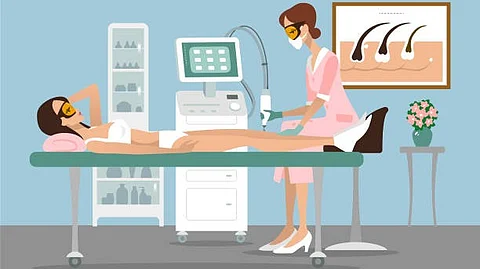What Is Laser Hair Removal?
Laser hair removal is a noninvasive cosmetic procedure that uses concentrated beams of light to target and destroy hair follicles. It offers a long-term solution for unwanted body hair—no more endless shaving, waxing, or tweezing! This treatment has become one of the most popular options for permanent hair reduction, especially for those seeking smoother skin and less maintenance.
How Does Laser Hair Removal Work?
The science behind this treatment is known as selective photothermolysis. The laser emits a light absorbed by the melanin (pigment) in your hair. This light energy is converted into heat, which damages the hair follicle and inhibits or delays future hair growth.
Why Do Hair Color and Skin Tone Matter?
Darker hair absorbs more light, making treatment more effective. Lighter skin tones allow for better contrast, reducing the risk of skin damage. The best results are seen in people with dark hair and fair skin, but new technology is improving options for more skin types.
Most Commonly Treated Areas
Laser hair removal is safe and effective on most areas of the body, including legs, underarms, bikini lines, upper lip, chin, back, and chest.
Avoid using lasers on tattooed skin and around the eyes, as these areas are more sensitive and prone to complications.(1)


